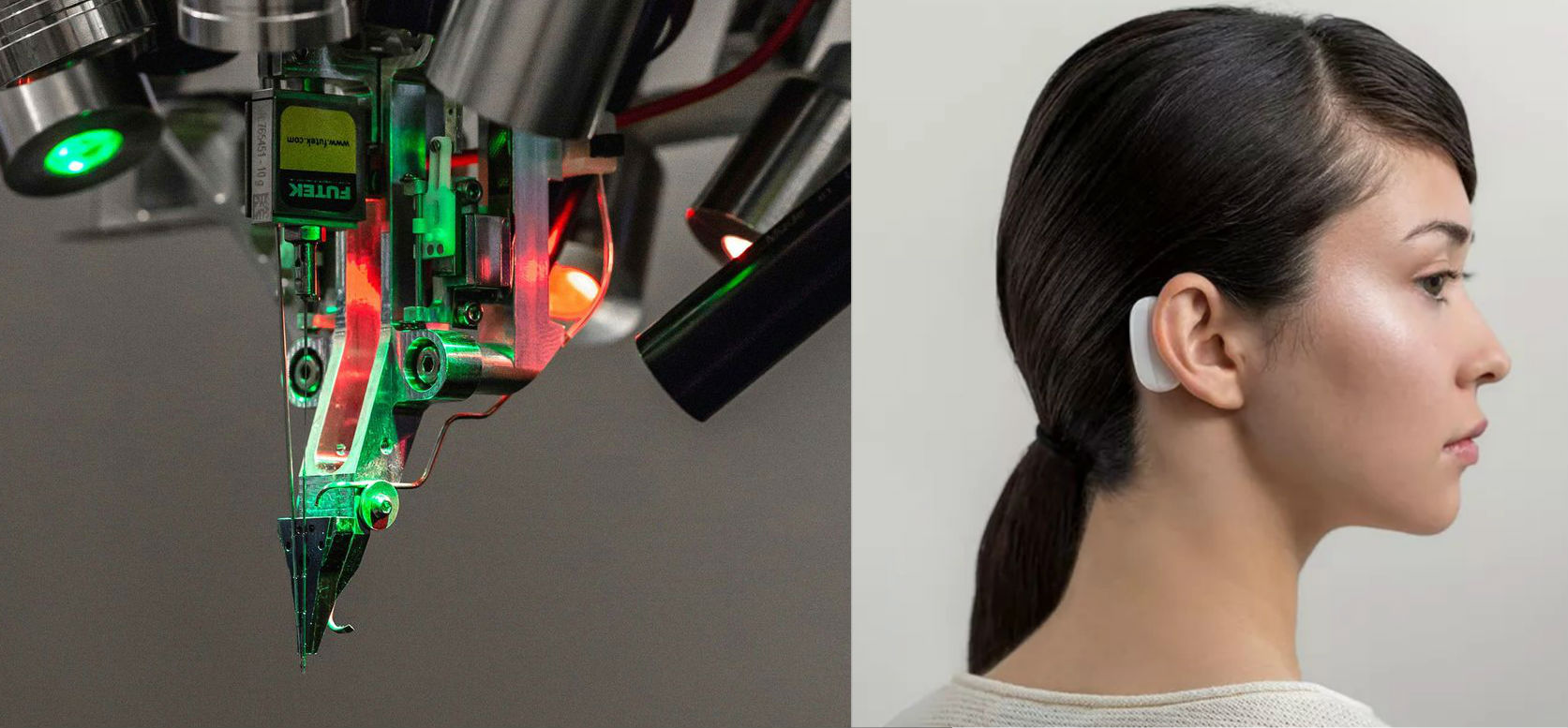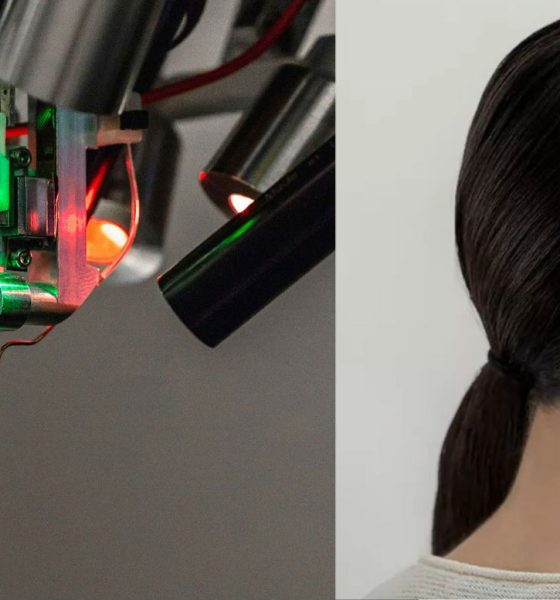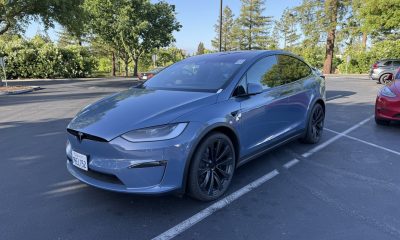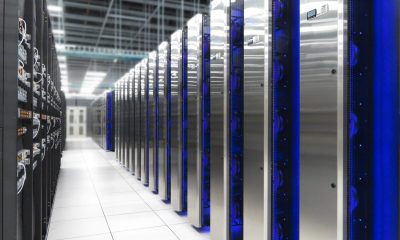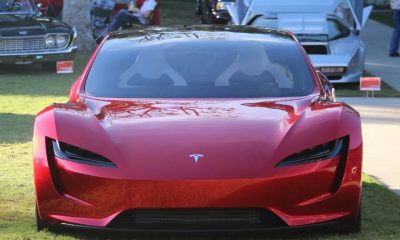As anticipation builds for Neuralink’s upcoming livestream on August 28, Tesla and SpaceX CEO Elon Musk provided yet another exciting update for the event. According to Musk, the brain-machine interface startup will not only show a working Neuralink device on Friday; it will also show a “Version 2” of the machine that would be used by the company to embed implants into the brain.
The update was posted on Twitter after Musk was asked if Neuralink will also be showing an improved version of the custom implant robot that the startup featured in its July 2019 presentation. Both Elon Musk and Dr. Matthew MacDougall, head surgeon at Neuralink, have noted that the startup is working towards improving the brain-machine implant process until the procedure becomes as seamless as Lasik.
Musk, for its part, noted in his recent update that the V2 machine is not yet at Lasik level, though it is an improved version of the implant robot that the company showed last year. Ever the optimist, the Tesla and SpaceX CEO noted that the implantation process of Neuralink’s brain-machine interface could get pretty close to Lasik in the next few years. “Yes, will show V2. Still far from LASIK, but could get pretty close in a few years,” Musk wrote.
Elon Musk has been notably excited about Neuralink’s progress. In a tweet at the end of July, the Tesla CEO stated that Neuralink will be showing “neurons firing in real-time” on its August 28 presentation. These statements highlighted a point that Musk shared back in February, when he expressed excitement at what Neuralink will be presenting this year.
“Wait until you see the next version vs what was presented last year. It’s *awesome,* Musk wrote then. In an earlier tweet, Musk added that the “profound impact of high bandwidth, high precision neural interfaces is underappreciated. Neuralink may have this in a human as soon as this year. Just needs to be unequivocally better than Utah Array, which is already in some humans & has severe drawbacks.”
Neuralink’s long-term goals are nothing short of science-fiction, with the startup working on obtaining human symbiosis with artificial intelligence by connecting electrodes through the brain and reading its neuron signals en masse. The possibilities of the technology are pretty much endless, though the Tesla and SpaceX CEO has noted that Neuralink will be focusing on using its technology for medical purposes, at least for the short-term.
Some of these short-term goals were shared by Musk during an appearance at MIT research scientist Lex Fridman’s Artificial Intelligence Podcast. According to Musk, Neuralink’s tech will likely be able to help address a number of brain-related diseases. “I think at first (Neuralink) will solve a lot of brain-related diseases. Could be anything from like autism, schizophrenia and memory loss (Alzheimer’s). To be able to do this, you have to be able to interface with the neurons at a detail level, and you need to be able to fire the right neurons, read the right neurons and then effectively create a circuit [to] replace what’s broken with silicon, (which will) end up having the same functionality,” Musk said.
Elon Musk
Elon Musk echoes worries over Tesla control against activist shareholders
Elon Musk has spoken on several occasions of the “activist shareholders” who threaten his role at Tesla.
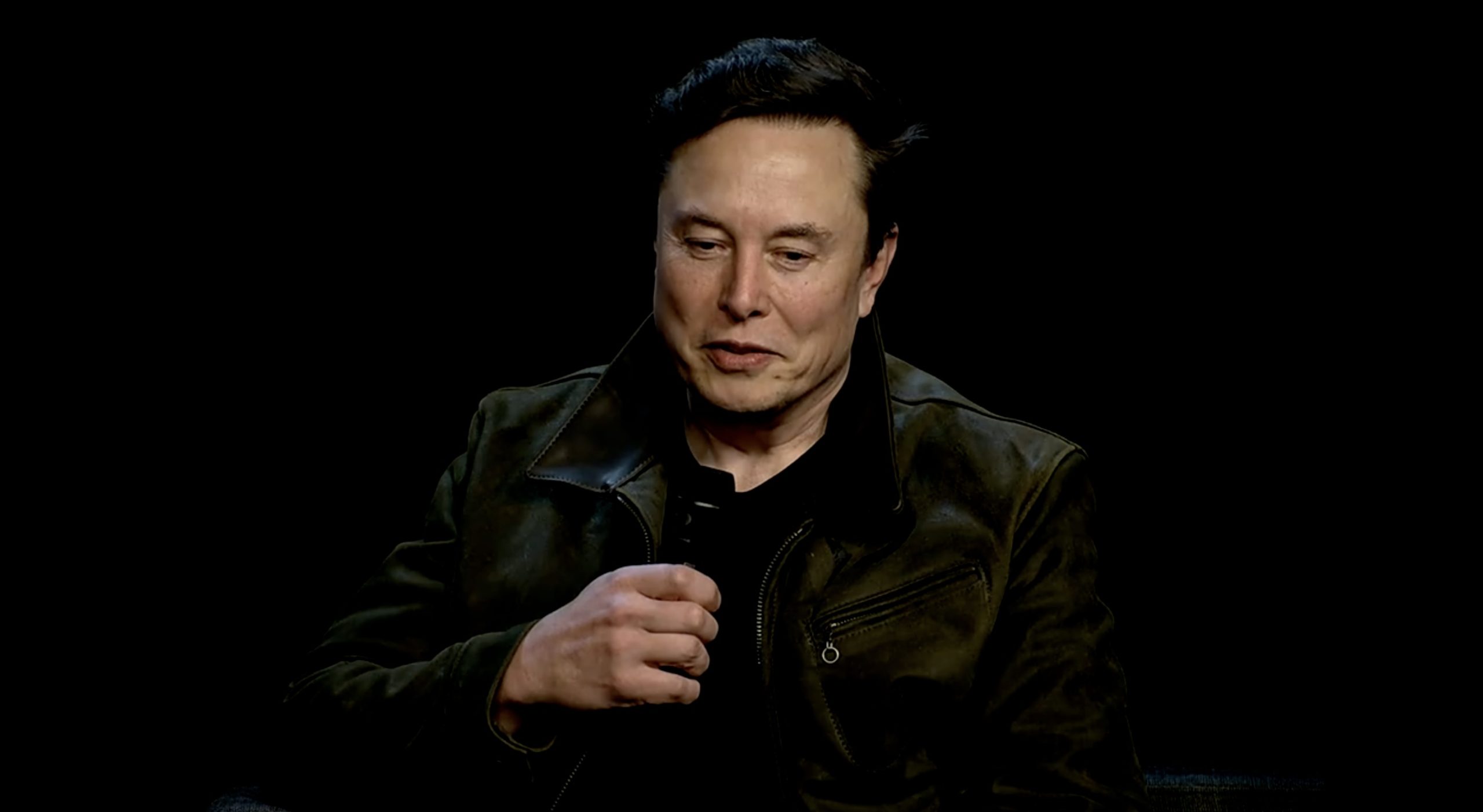
Elon Musk continues to raise concerns over his control of Tesla as its CEO and one of its founders, as activist shareholders seem to be a viable threat to the company in his eyes.
Musk has voiced concerns over voting control of Tesla and the possibility of him being ousted by shareholders who do not necessarily have the company’s future in mind. Instead, they could be looking to oust Musk because of his political beliefs or because of his vast wealth.
We saw an example of that as shareholders voted on two separate occasions to award Musk a 2018 compensation package that was earned as Tesla met various growth goals through the CEO’s leadership.
Despite shareholders voting to award Musk with the compensation package on two separate occasions, once in 2018 and again in 2024, Delaware Chancery Court Judge Kathaleen McCormick denied the CEO the money both times. At one time, she called it an “unfathomable sum.”
Musk’s current stake in Tesla stands at 12.8 percent, but he has an option to purchase 304 million shares, which, if exercised, after taxes, he says, would bump his voting control up about 4 percent.
However, this is not enough of a stake in the company, as he believes a roughly 25 percent ownership stake would be enough “to be influential, but not so much that I can’t be overturned,” he said in January 2024.
I am uncomfortable growing Tesla to be a leader in AI & robotics without having ~25% voting control. Enough to be influential, but not so much that I can’t be overturned.
Unless that is the case, I would prefer to build products outside of Tesla. You don’t seem to understand…
— Elon Musk (@elonmusk) January 15, 2024
Musk’s concerns were echoed in another X post from Thursday, where he confirmed he has no current personal loans against Tesla stock, and he reiterated his concerns of being ousted from the company by those he has referred to in the past as “activist shareholders.”
The CEO said during the company’s earnings call in late July:
“That is a major concern for me, as I’ve mentioned in the past. I hope that is addressed at the upcoming shareholders’ meeting. But, yeah, it is a big deal. I want to find that I’ve got so little control that I can easily be ousted by activist shareholders after having built this army of humanoid robots. I think my control over Tesla, Inc. should be enough to ensure that it goes in a good direction, but not so much control that I can’t be thrown out if I go crazy.”
The X post from Thursday said:
Just fyi I don’t have personal loans at this time against Tesla stock.
Also, the taxes on the options are ~45%, so net gain in voting control is more like 4%.
It is worrying in that I don’t want to build millions of robots and then potentially be ousted by activists and…
— Elon Musk (@elonmusk) July 31, 2025
There is a concern that Musk could eventually put his money where his mouth is, and if politicians and judges are able to limit his ownership stake as they’ve been able to do with his pay package, he could eventually leave the company.
The company’s shareholders voted overwhelmingly to approve Musk’s pay package. A vast majority of those who voted to get Musk paid still want him to be running Tesla’s day-to-day operations. Without his guidance, the company could face a major restructuring and would have a vastly new look and thesis.
News
People are already finding value in Tesla Robotaxi services
Tesla initially launched its Robotaxi service in Austin, though the company more recently launched it in the Bay Area.

Tesla’s Robotaxi service is still in its earliest days, but some consumers are already finding surprising value in the autonomous ride-hailing system.
This was hinted at in recent comments on social media platform X.
Robotaxi Ramp
Tesla initially launched its Robotaxi service in Austin, though the company more recently launched it in the Bay Area. Tesla’s geofence for its Robotaxi service in the Bay Area is massive, covering several times the area that is currently serviced by rival Waymo.
As noted by the EV community members on social media, going end-to-end in Tesla’s Bay Area geofence would likely take over an hour’s worth of driving. That’s an impressive launch for the Robotaxi service in California, and considering Tesla’s momentum, its California geofence will likely grow substantially in the coming months.
Secret Advantage
As noted by Tesla owner and photographer @billykyle, the Tesla Robotaxi service actually has key advantages for people who travel a lot for their work. As per the Tesla owner, using a Robotaxi service would give back so much of his time considering that he gets about 5-7 shoots per day at times.
“I’ve been reflecting on how much of a game changer this is. As a photographer that runs my own business, servicing clients all around the Philadelphia area, I could ditch having a car and let an autonomous vehicle drive me between my 5-7 shoots I have per day. This would give me so much time back to work and message clients,” the photographer wrote in a post on X.
The Tesla owner also noted that the Robotaxi service could also solve issues with parking, as it could be tricky in cities. The Robotaxi service’s driverless nature also avoids the issue of rude and incompetent ride-hailing drivers, which are unfortunately prevalent in services such as Uber and Lyft. Ultimately, just like Unsupervised FSD, Tesla’s Robotaxi service has the potential to reclaim time for consumers. And as anyone in the business sphere would attest, time is ultimately money.
News
Tesla Robotaxi and Supercharger Diner are killing a dreaded consumer tradition
Tesla is still just charging strictly for its services–while asking for zero tips.

Tesla’s Robotaxi service and its newly launched Supercharger Diner are killing a longtime but increasingly dreaded consumer tradition in the United States. Based on videos taken of consumers using the Robotaxi service in the Bay Area, Tesla is still just charging strictly for its services–while asking for zero tips.
Tesla Services with Zero Tips
When Tesla launched the Robotaxi pilot in Austin, users quickly noticed that the company was not allowing riders to leave a tip for the service. If one were to try leaving a tip after a Robotaxi ride, the app simply flashes an image of Tesla’s meme hedgehog mascot with a “Just Kidding” message.
At the time, this seemed like a small tongue-in-cheek joke from the electric vehicle maker. The initial Robotaxi pilot in Austin was rolled out on a small scale, after all, and some social media users speculated that tipping may eventually just be introduced to the service.
But upon the opening of the Tesla Supercharger Diner, consumers also observed that the facility does not allow tipping. Tesla’s notice is simple: “Gratuity: Tesla covers tipping for staff.” This means that employees who work at the Tesla Diner make enough to not rely on gratuities from consumers.
And with the launch of the Robotaxi service in the Bay Area, users observed once more that Tesla is still not allowing tipping. This was highlighted by longtime Tesla owner @BLKMDL3, who shared a video of the Tesla Robotaxi app also briefly displaying the hedgehog mascot with a “Just Kidding” message when he tried leaving a tip.
Out of Control
As noted in a report from The Guardian, tipping has been a longstanding business practice in the United States, were service workers typically make less than the federal minimum wage. With this system in place, service workers end up relying on gratuities to make ends meet. This was understandable, but after the pandemic, tipping culture ended up going out of control.
On platforms such as Reddit, users have also complained about services like Uber asking for large tips for using their services. Consumers have also shared shocking experiences involving some services that ask for tips. These include self-checkout counters, drive-throughs, hotdog stands, drug stores, a bottled water stall at a jazz festival, an airport vending machine, a used bookstore, a cinema box office, and a children’s arcade, among others.
-
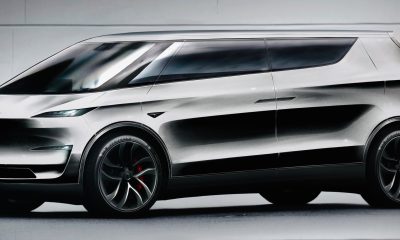
 News2 weeks ago
News2 weeks agoTesla’s longer Model Y did not scale back requests for this vehicle type from fans
-
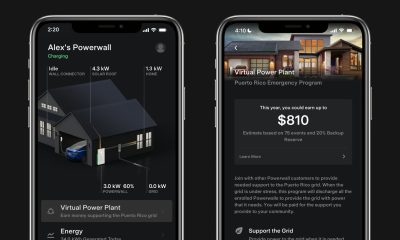
 Energy2 weeks ago
Energy2 weeks agoTesla launches first Virtual Power Plant in UK – get paid to use solar
-
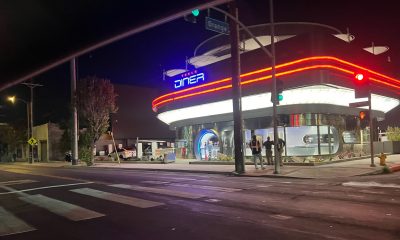
 Elon Musk2 weeks ago
Elon Musk2 weeks agoTesla Supercharger Diner food menu gets a sneak peek as construction closes out
-
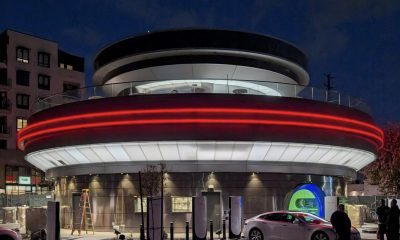
 Elon Musk2 weeks ago
Elon Musk2 weeks agoElon Musk gives key update on plans for Tesla Diner outside of LA
-
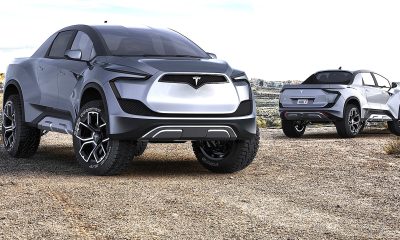
 News4 days ago
News4 days agoTesla hints a smaller pickup truck could be on the way
-
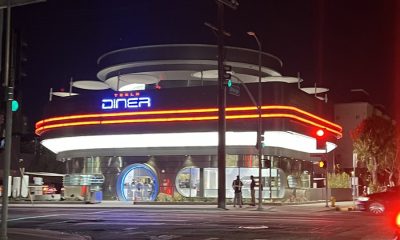
 Elon Musk2 weeks ago
Elon Musk2 weeks agoElon Musk confirms awesome new features at Tesla Diner Supercharger
-
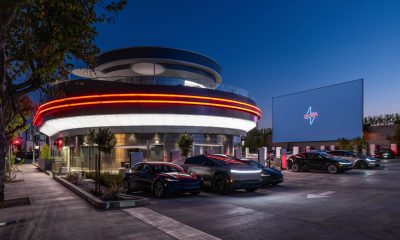
 Investor's Corner1 week ago
Investor's Corner1 week agoLIVE BLOG: Tesla (TSLA) Q2 2025 earnings call updates
-
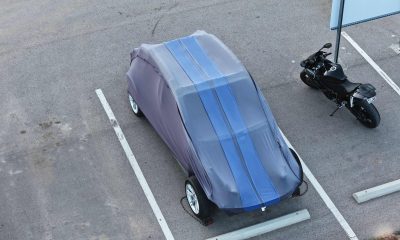
 Investor's Corner2 weeks ago
Investor's Corner2 weeks agoTesla ‘Model Q’ gets bold prediction from Deutsche Bank that investors will love

